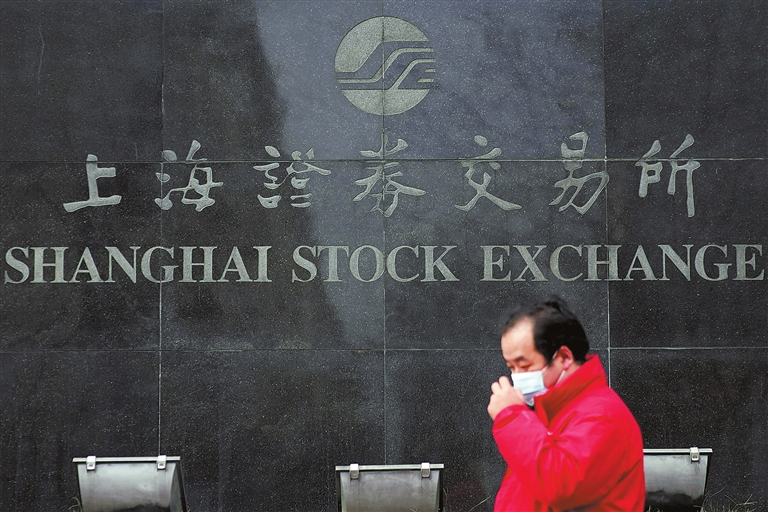
FOREIGN investors are piling into China at the start of 2022, seeing it as a haven from the inflation, growth and pandemic problems plaguing most other markets. Despite seeing returns last year eroded, global fund managers are pumping money into Chinese mainland equities and bonds, betting China’s stability pledges, monetary and fiscal easing and subdued inflation could shield them against volatility in other markets. That’s in stark contrast to conditions elsewhere. Major central banks are preparing to withdraw the excess stimulus measures of the past couple of years, and the Federal Reserve is hastening monetary tightening to tame runaway inflation, potentially undermining stock values and earnings. For David Dali, head of portfolio strategy at Matthews Asia, China is the “single favorite country” in 2022 among the roughly 30 investible emerging equity markets. “We believe Chinese valuations are some of the least risky and most attractive of all major markets,” Dali said. He cited factors including lesser regulatory headwinds, government readiness to stimulate the economy. Fidelity International also sees China stocks as attractive from a global perspective. “China’s policy shift is very clear. And recent data offer signs that the economy has stabilized,” Fidelity’s Shanghai-based fund manager Zhou Wenqun said. Evidence of that bullishness is in foreign net inflows into Chinese stocks via the stock connect program, which hit a record-high daily average of US$413 million during the first three weeks of 2022, according to Morgan Stanley. Flows were strong in 2021, with a record US$67 billion invested through the stock connect channel in onshore equities. But the mainland blue-chip index lost 5.2 percent, in contrast to a near 27 percent rise in the U.S. S&P 500 and double-digit gains in most European indices. Bond investors, too, are drawn toward China, against the backdrop of a widening Sino-U.S. monetary policy divergence. Bond markets typically perform badly in a rate hike cycle, but in China, “we see that the monetary policy easing cycle is only at the start,” said Paula Chan, senior portfolio manager at Manulife Investment Management, who expects more rate cuts. China’s “inflation concern is not as alarming as in other countries” and its bonds are a good hedge, she said. Robust foreign inflows have helped push the Chinese yuan to its highest level against the U.S. dollar in nearly four years this week, despite a slew of cuts in key interest rates to support the economy. In contrast, foreign money inflows into emerging markets outside China has “come to an abrupt standstill,” the Institute of International Finance (IIF) said. In December, emerging markets outside China suffered an outflow of US$9.6 billion, compared with an inflow of US$10.1 billion for China. Chinese equities saw an inflow of US$12.5 billion, contributing to most of the emerging market inflows. (SD-Agencies) | 
